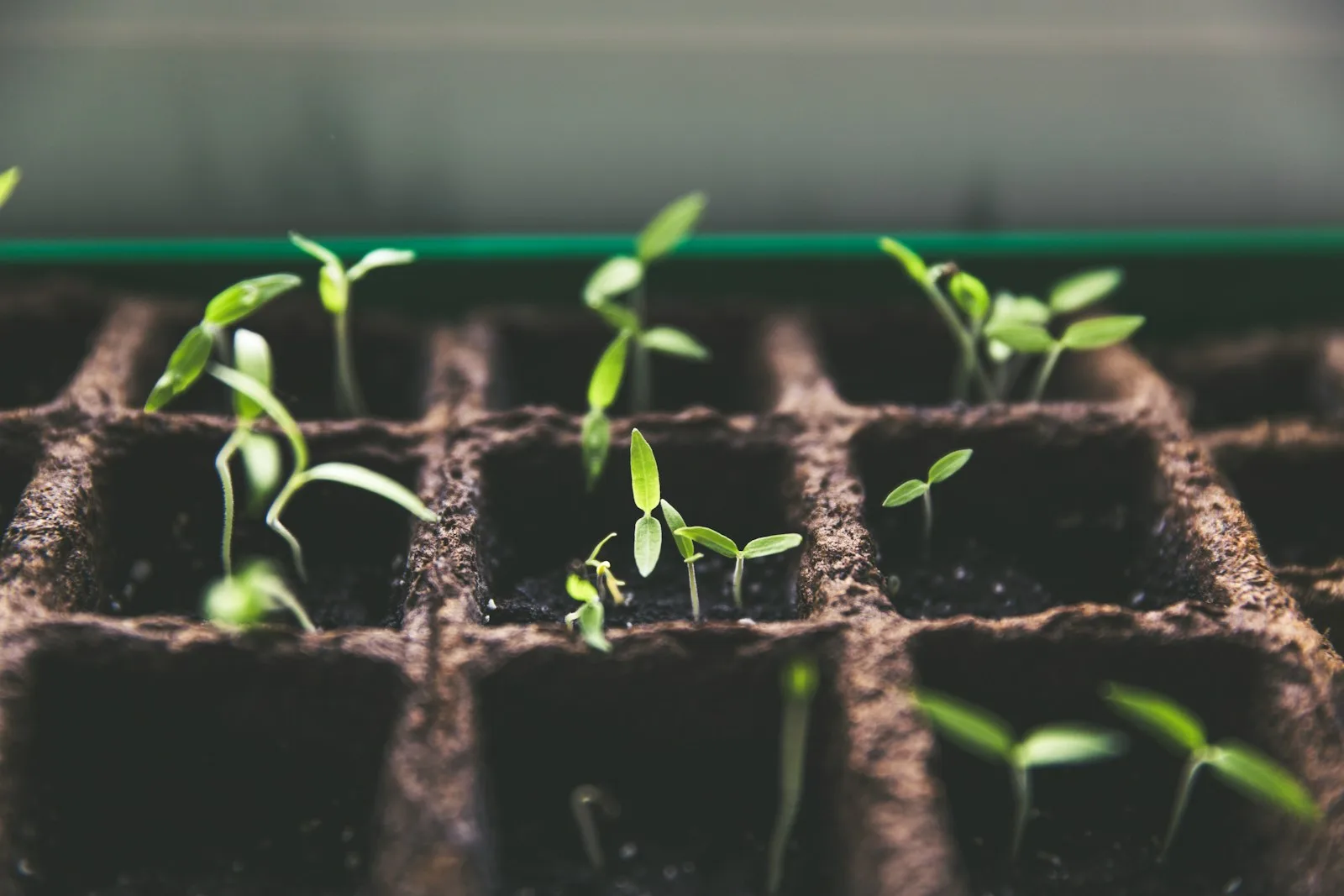
Table of Contents
Are you proud of your pristine green yard? Then, you probably know a lot about the problems that pests, moles, disease, and even drought can cause for your grass getting grass seed to sprout this spring will be a breeze However, if you cover your new seed with organic matter such as soil, mulch, or compost until it germinates, grass seed will be able to germinate in the spring.
This substance, often called an all-together top-dressing, ensures a good germination rate by protecting the young kernels from harsh weather and scavenging animals. Why should grass seed grow differently than vegetable plants, which you grow from seed in dreary, moist conditions? Although covering grass seed is beneficial in almost all situations, homeowners should do so in drier areas of a sunny yard.
Covering your seedbed with organic—or inorganic—materials, if necessary, can be very beneficial for the benefit of your future grass. The main benefit is that it retains moisture in the soil, which encourages more seeds to germinate into small green blades. When planting a fresh lawn in the middle of summer, it is very important. Mulch keeps soil and seeds downslope during periods of heavy rain or wind. Some bird species also have a taste for grass seeds. If you don’t spread mulch right after planting, your lawn may have lots of feathered friends with full bellies and not much grass.
Read more: Here’s The Right Way To Mow If You Don’t Want Weeds To Take Over
Organic Top-Dressings For A Freshly Seeded Lawn

If you look it up online, straw is frequently suggested as mulch for grass seed. However, some experts disagree with its use. Hay, which contains weed seeds that can infect your grass, is sometimes confused with straw. When the blades of grass start to poke through the straw, you also need to collect them all.
No one we know needs gardening work! If you plant it too tightly, you will create a barrier that will prevent grass from growing because grass needs sunlight to grow. This problem affects all top-dressing materials. Are you set on using straw as your mulch of choice or is there another option? Make sure the straw you buy is seed-free and everything should be fine.
Fortunately, straw isn’t the only top-dressing material available. You can leave a protective layer of compost in place. When the seeds germinate, the organic debris also decomposes and enriches the soil with nutrients. This is an especially wise choice if you are seeding a fresh lawn in the fall.
As a top-dressing material, sphagnum or peat moss is organic and weed-free, but it has some serious drawbacks. Because it’s thick but light, it needs a lot of water to keep it from blowing away and actually resist water. Of course, you can always add a fine-grade (avoid low grade) soil to your garden seedbed. Fine sawdust, shredded paper, or burlap sacks can also work if you’re looking for cheaper or up-cycled alternatives.
How To Apply Your Seedbed Cover Of Choice

Green mulch, a pelletized mixture of recycled paper and polymers, or its spray-on counterpart, hydro-mulch, are examples of synthetic or manufactured alternatives. If you don’t like loose layers, use one of the various permeable landscaping fabrics such as horticultural wool, erosion control blankets, or polythene sheets. After the seeds grow, remove the leaves; Weight them down to prevent them from flying away. Plan the optimal time to fertilize and seed your lawn so that you are ready when the organic layer of your beautiful green lawn breaks through.
For a thousand square foot yard, you will need one to two bales of straw mulch because they are densely packed. After inflating the straw you spread the straw over the stretch so it feels light and loose in your hand. A general rule of thumb for layer depth is no more than 1/4 inch for most materials you can use to cover your lawn seed, including straw. Through the material, some seeds should be visible. Using a shovel or gloves, spread or shake the mulch over the yard.
Different varieties may require a softer application of grass seed. Bermuda grass and clover seeds, for example, are frequently coated with fungicides, inoculums, and other beneficial and protective compounds are at their deepest point up to one-eighth of an inch. Compost may be used more generously than other choices, up to half an inch thick, because it biodegrades.
READ | 10 Things Never to Do on Your Lawn

